Since the 1970s, Britain has been using the Canadian Prairies as its largest training area.
Over seven times the size of the Salisbury Plain Training Area, the British Army can deploy up to six battle groups to Canada every year to practice large-scale exercises with realistic live firing training.
In Suffield, Alberta, Canada, there is a vast military training area for the Canadian and British forces. Situated on one of the most sparsely populated areas of the Canadian Prairies, the British Army Training Unit Suffield (BATUS) has been part of the local landscape since the early 1970s. However, the current British presence in the form of BATUS is just the latest arrangement made between Canada and Britain.
Before the first 10-year lease was agreed in 1971, the UK was already familiar to Suffield and its usefulness.
Thirty-one years earlier, in 1940, Britain possessed a chemical weapons testing facility in French Algeria. The fall of France in the same year implicated in the loss of the British facilities in the French territory. After several failures to find a suitable location in Britain, the British Government reached an agreement with Canada to allow Suffield in Alberta to become a testing site for British scientists.
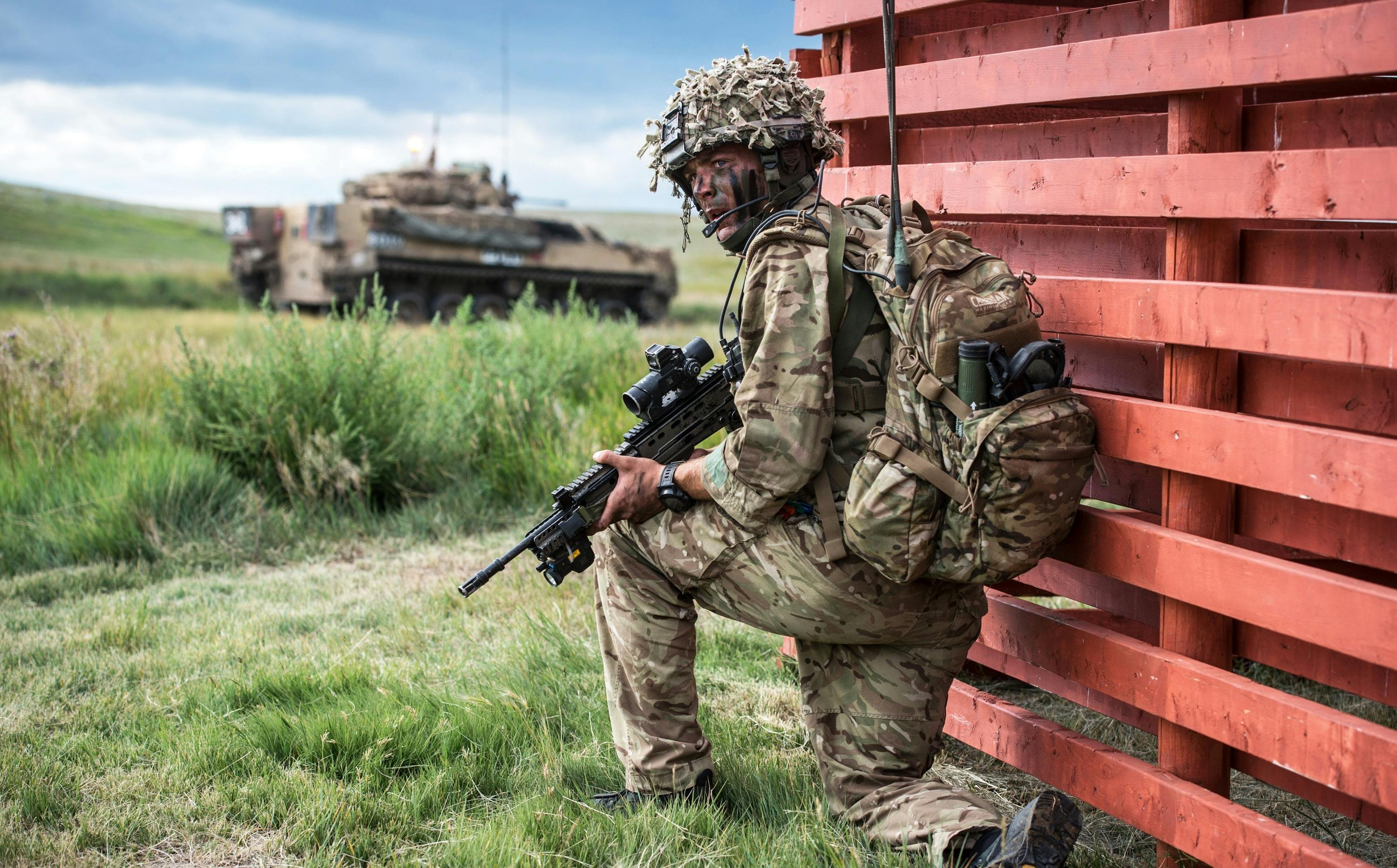
In the following five years, Canadian and British forces used the area for a variety of tests and experiments. In 1941 Suffield Station was the largest research and training facility in North America and the British Empire. As the Second World War reached its end, the British left Suffield to the Canadian Defence Research Board in 1946.
During the early years of the Cold War, the UK established vast military installations at El Adem and Tobruk in Libya. The North-African country offered large areas for military exercises and war games for Britain and the United States; the American installation was situated near Tripoli. In 1969, Colonel Gaddafi took advantage of the fragility of the Libyan government and led a coup, seizing control of the country. Shortly afterwards, he negotiated the closure of the British and American installations.
Effectively, the UK was facing a significant problem, as there were no other suitable areas to allow the British Army to launch large-scale armoured warfare exercises; possible locations in Africa and Asia were gone, as the decolonisation process was almost complete.
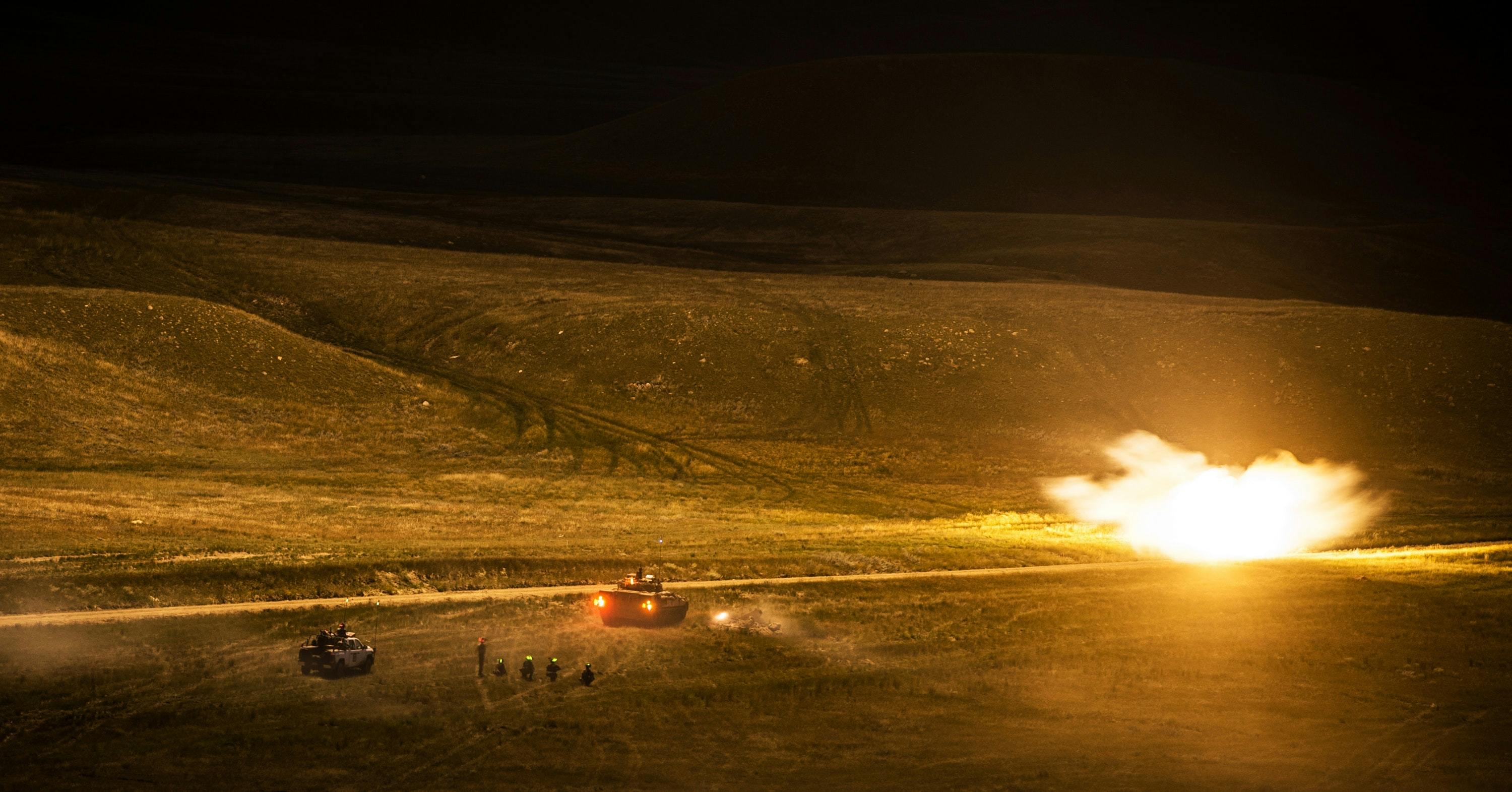 Once again, the Canadian Government agreed to lease the Suffield area to Britain. The 1971 deal between London and Ottawa put Suffield under a 10-year lease period, which could be renewed periodically. In January 1972, the British Army Training Unit was created and later in the same year the first British regiment to fire live rounds was the 4th Royal Tank Regiment Battle Group.
Once again, the Canadian Government agreed to lease the Suffield area to Britain. The 1971 deal between London and Ottawa put Suffield under a 10-year lease period, which could be renewed periodically. In January 1972, the British Army Training Unit was created and later in the same year the first British regiment to fire live rounds was the 4th Royal Tank Regiment Battle Group.
The lease for Suffield was renewed in the 1980s and 1990s; in the 2000s, the British and Canadian governments agreed that it would be more practical to review the 1971 agreement. The result was a new deal that allowed British forces to continue their training exercises in Suffield without renewing their presence every decade. In short, since 2006 the BATUS is permitted to maintain their training routine indefinitely.
The training area at Suffield is roughly 19% the size of Northern Ireland with its 2,700 square kilometres; this is Britain’s largest armoured warfare training base. The base offers the British forces the ability to conduct large exercises that military installations in Britain face difficulties to accommodate.
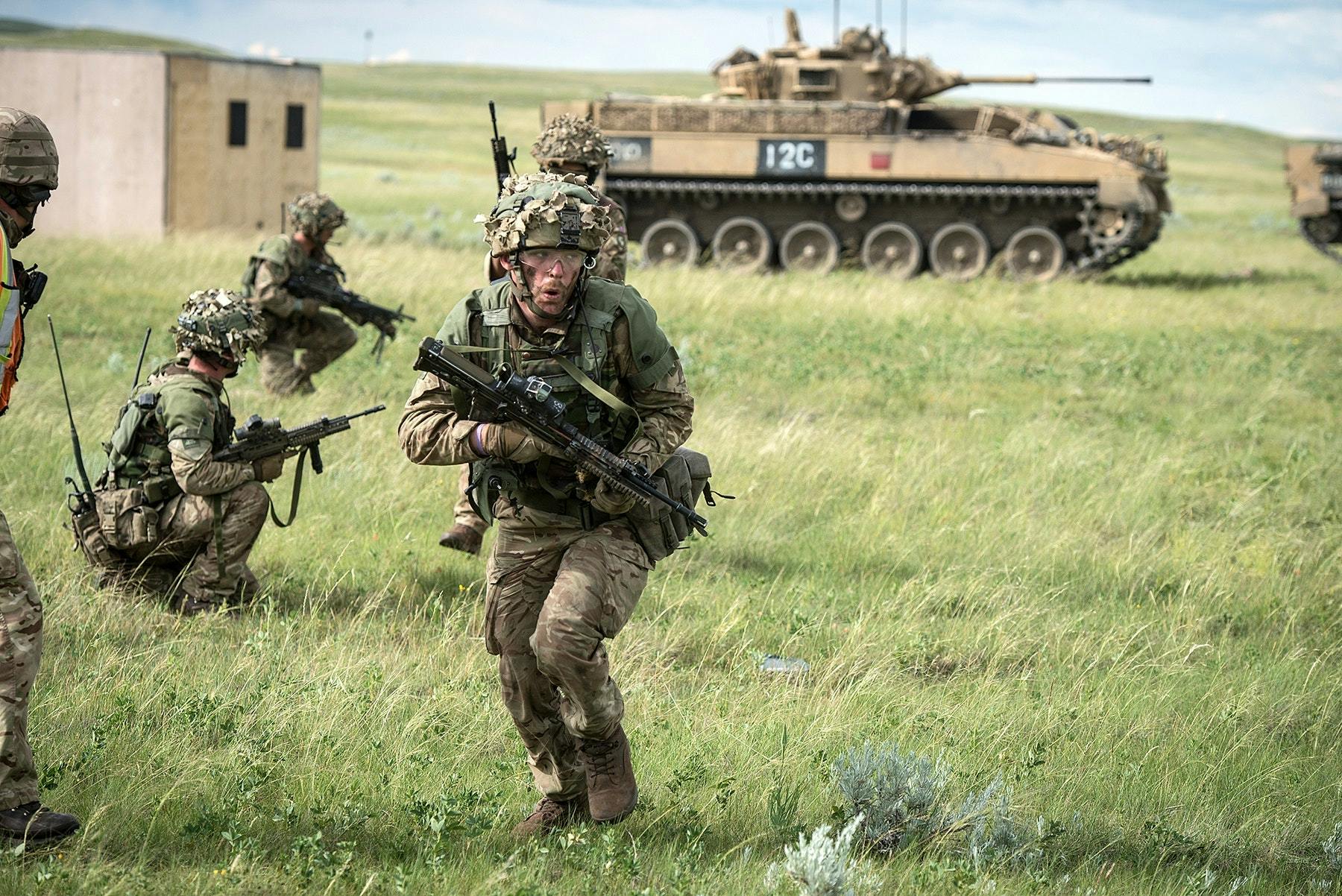 According to the British Army, BATUS is home to ‘more than 400 permanent staff and 1000 temporary deployed staff’ providing ‘highly demanding combined arms manoeuvre training for the armoured forces of the British Army and our allies’. Moreover, Suffield is home to a significant contingent of British Army vehicles, including the Challenger 2 main battle tank and Warrior tracked armoured vehicle.
According to the British Army, BATUS is home to ‘more than 400 permanent staff and 1000 temporary deployed staff’ providing ‘highly demanding combined arms manoeuvre training for the armoured forces of the British Army and our allies’. Moreover, Suffield is home to a significant contingent of British Army vehicles, including the Challenger 2 main battle tank and Warrior tracked armoured vehicle.
In spite of its usefulness as Britain’s largest training area, BATUS conducts training during six months each year from May to October, the warm period. The months between October and May are known for hostile winters and challenging weather. Some specialist Arctic Warfare units of the Canadian Forces use this period of the year as a training season.
Meanwhile, the British vehicles are prepared for the next year of activities. Every training season four to six British Battle Groups pass through Suffield, each group exercise for roughly 30 days.
The usual British presence is around 80 Warrior tracked armoured vehicles, 22 Challenger 2 tanks, roughly 80 ‘Bulldog’ Armoured Fighting Vehicles (AFVs), Engineer vehicles including the Trojan AVRE and Titan Armoured Vehicle Launcher Bridge (Titan AVLB). The Titan is an armoured engineer vehicle ‘based on the Challenger 2 chassis’, and the Trojan is a combat engineering vehicle used to breach minefields and for other tasks.
The air component is represented through the No. 29 (BATUS) Flight Army Air Corps with Gazelle helicopters providing support for the training units. Its roles include casualty evacuation, reconnaissance, supervision and limited lift of passengers and equipment.
According to the British Army ‘BATUS is equipped with in excess of 1000 vehicles including a full complement of Challenger 2 tanks and Warrior Infantry Fighting Vehicles’. During the annual exercises of 2017, the numbers reached 350 armoured vehicles plus 1,000 support vehicles and 1,400 British soldiers.
Every armoured battle group conducts a two-phase training exercise. Firstly, Live Fire and Tactical Simulation (TES), then the second phase with a live enemy.

The TES system is capable of identifying ‘when vehicles have been fired at and damaged or destroyed’ and informs soldiers when they are under fire and if hit what injuries they may have suffered. Annual training also includes battlefields filled with different kinds of fake bunkers and minefields, not rarely a false village full of actors playing French-speaking inhabitants is present. The use of a foreign language during a battle simulation occurs as a way to let soldiers get used to non-English speaking civilians while in a foreign country.
The size of the training area and duration of the exercises allow all elements of a proper battle group: armour, infantry, artillery, air defence, logistics, engineers and equipment support.
These elements can conduct large-scale live exercises with realistic live firing training and sustain this activity for long periods. Suffield’s tactics and manoeuvres are tested into far-away battlefields. From the Falklands War, passing by the British military intervention in Sierra Leone and deployment to Kosovo, the BATUS played its role as the British Army main training base.
When the Libyan facilities were negated to Britain in 1969, the British Government looked for a ‘suitable alternative’ with significant size and preferably not populated. The Suffield area was ideal. The land area available for the UK in Suffield is equivalent to the combined area of all the main training fields used by the British forces in Britain and Europe. The emphasis on size is reflected when comparing BATUS to the Salisbury Plain Training Area; the former is more than seven times larger than the latter. The county of Dorset would fit into it comfortably.
The British Army Training Unit Suffield is part of the long-standing relationship between Canada and Britain.
It is an example of co-operation between two allied nations that have been fighting and training together for over 150 years. The two countries share the same Head of State, parliamentary institutions, similar legal arrangements and English as an official language.
Moreover, relations between Canada and Britain are warm, and their citizens regard each other’s countries as one of their nations’ closest allies and friends in the world stage.
Therefore, BATUS is part of a greater picture. Canada shares many defence initiatives with Britain, including the Five Eyes, ABCANZ Armies and AUSCANNZUKUS for greater military and naval co-operation.
Lastly, the UK and Canada are allied through the North Atlantic Treaty Organisation (NATO). Canada is the only member-state of the Organisation of American States (OAS) that supported the British position over the Falkland Islands while the United States abstained from voting in the last 2015 Declaration ‘urging negotiations’ between the UK and Argentina. Canada’s position was clear: ‘the Canadian delegation does not wish to associate to the text’ a display of how strong are the bonds between Britain and Canada.
Canada is a member of the Commonwealth, shares a long military history, a system of government and same monarch and Head of State with Britain. Traditionally, both countries support each other during times of need as seen in the position of Canadian Government over the Falklands in 2015. A ‘special relationship’ across the North Atlantic.


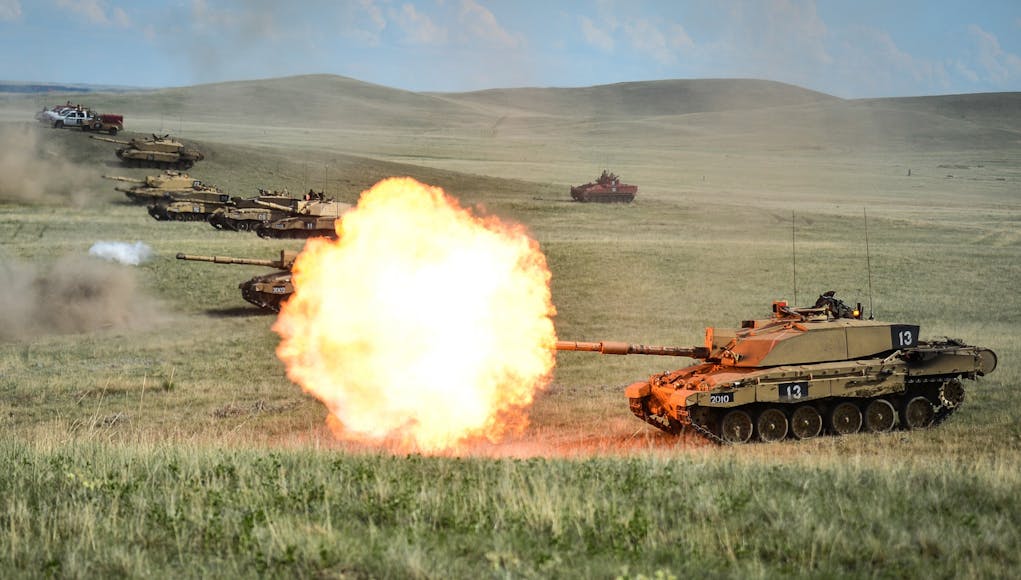
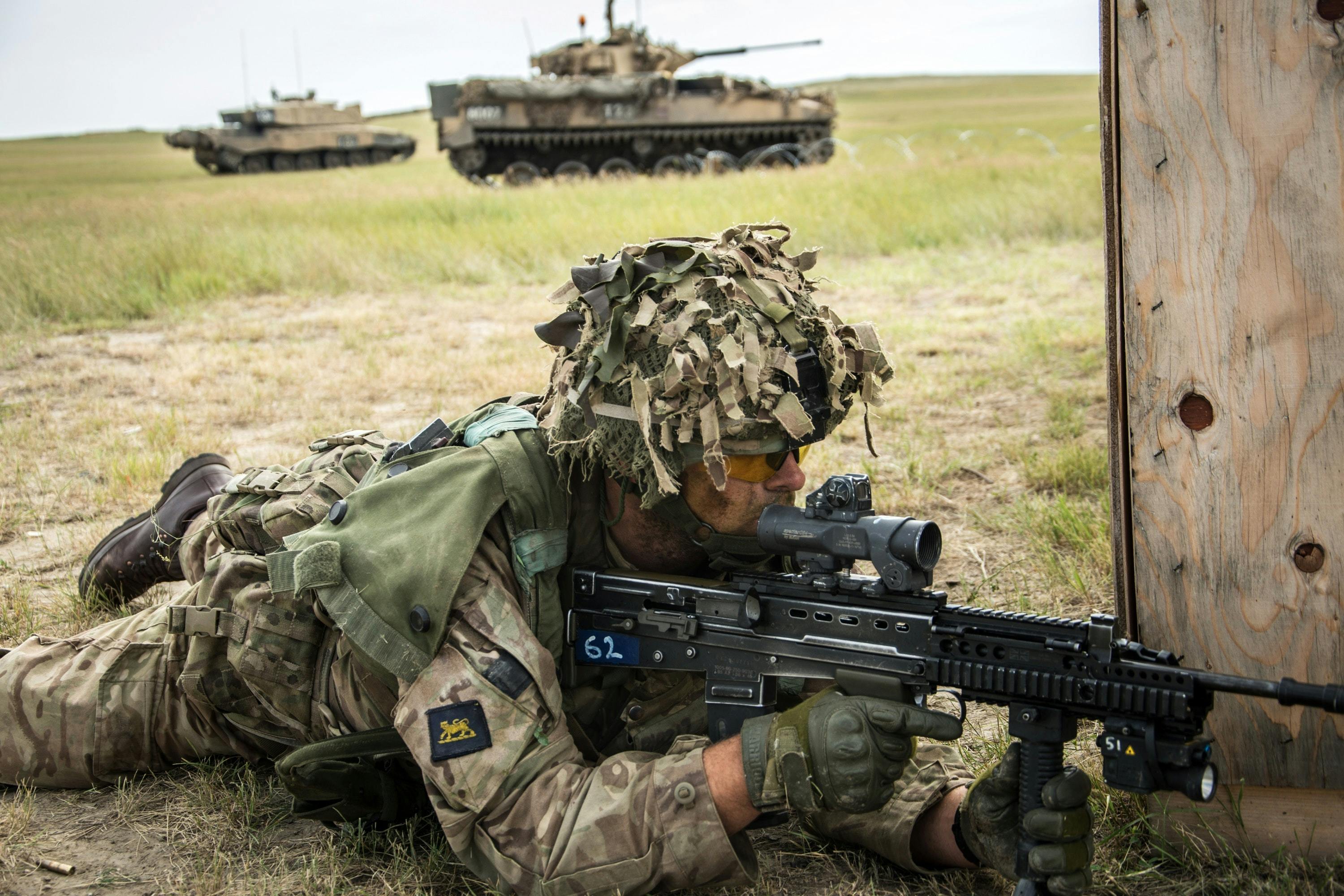
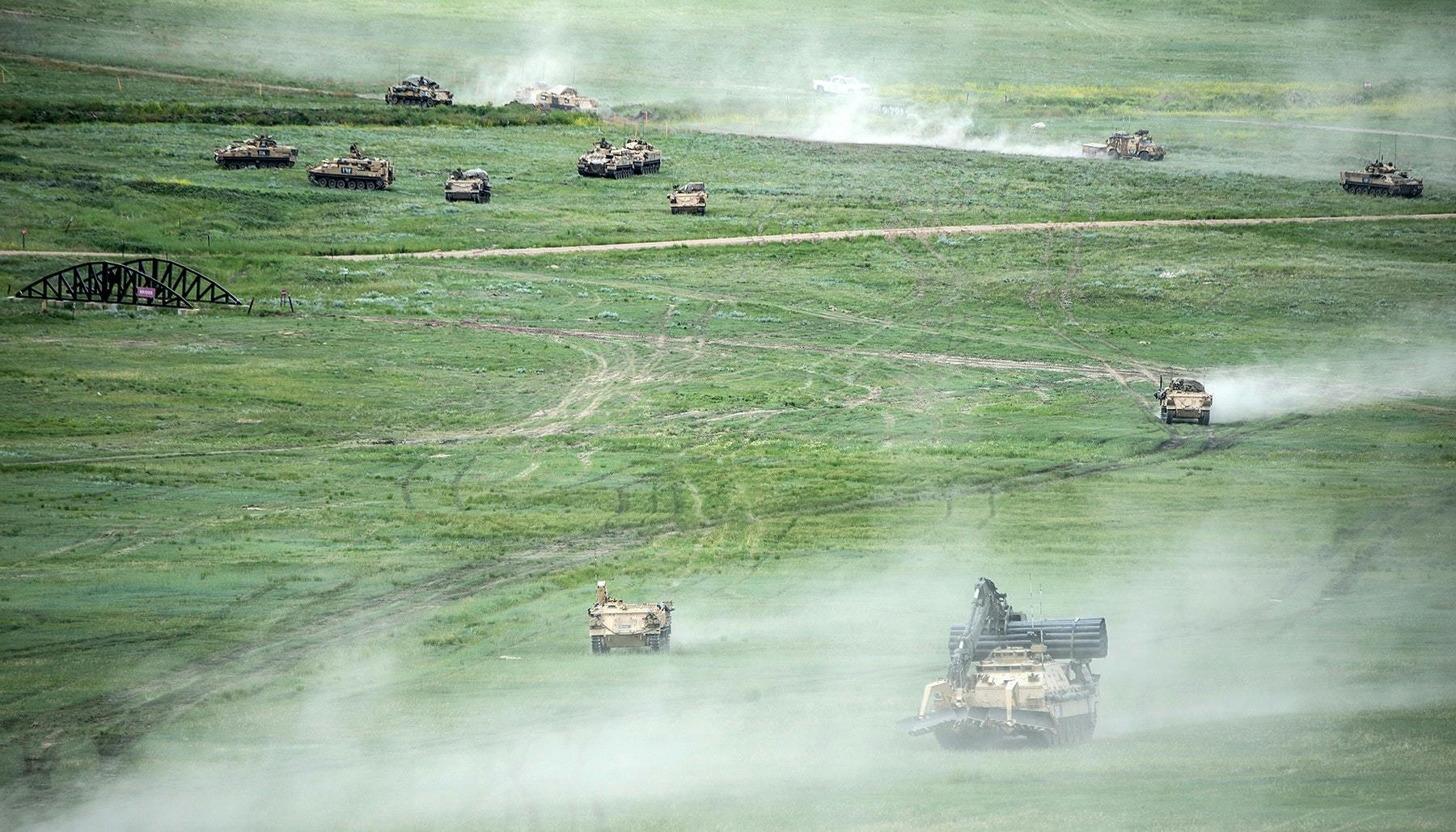
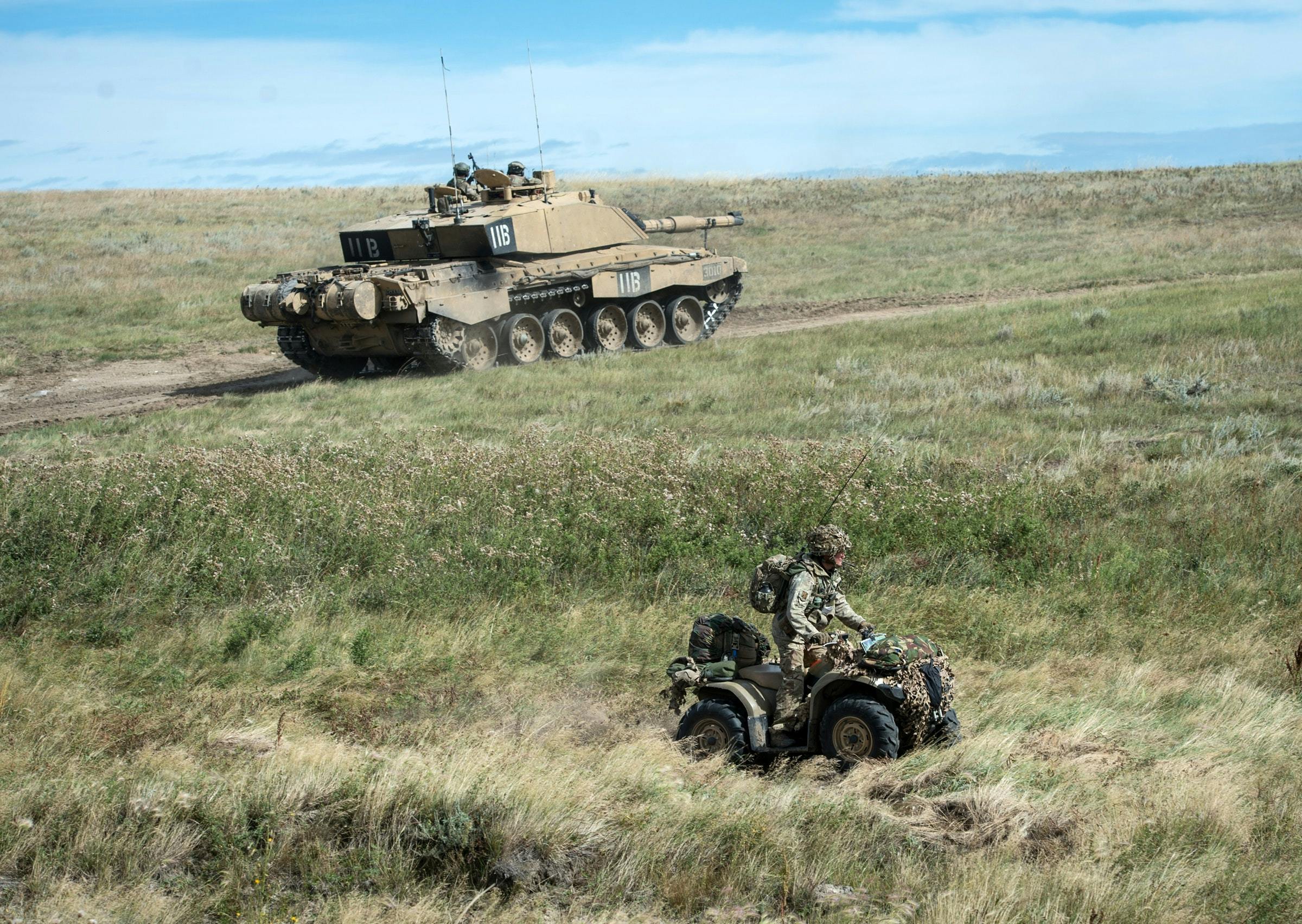
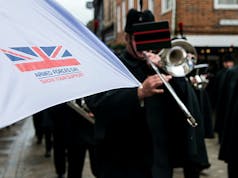
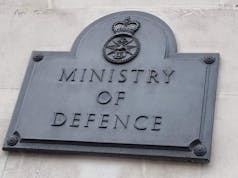

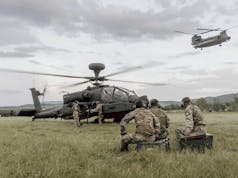

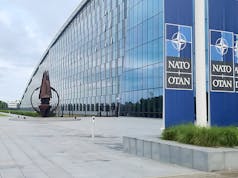
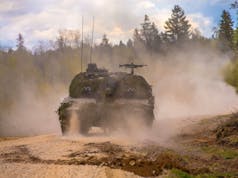

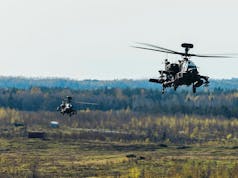


Had a few crazy nights with some of the Thick-Skins in Medicine Hat!!
Ahhhh memories 🙂
A key and little known resource.
Will the frequency and size of battlegroups continue with the army moving to 2 Armoured and 2 Strike Brigades, containing as few as 2 Armoured, 4 Armoured Cavalry, 4 Warrior, 4 MIV, 2 AS90, and 2 Armoured Engineer Regiments or Battalions?
One of the equipments used at BATUS is the Desert Hawk UAS.
As part of Army 2020 was to scrap the Desert Hawk and disband the unit operating it, 32 Regt RA.
There have been rumours that the British Army was going to procure a replacement, namely the Puma UAS. If you check out the Facebook page of 32 Regt you can see them operating the Puma during trials in the USA. Although the MOD flatly denied the UK was going to procure the Puma.
This week it was announced that an ally of the US has signed a contract to be supplied with the Puma UAS.
The name of the country has not been announced, but it is my understanding that the UK has ordered a large number of Puma UAS and that 32 Regt will not now be disbanded.
32 Regt has now been reduced to 3 battery’s, 18, 21 and 22. All of these will now be equipped with Puma
Hopefully someone will this news interesting.
Me Mike.
I keep track of all ORBATs and infrastructure details of the MoD so this is most welcome news, if true.
Cutting 32 RA made no sense, not after the experience gained of using these UAV on operations.
Another piece of news for you.
57 bty was transferred from 32 Regt to 47 Regt, to rerole to watchkeeper from desert hawk.
I heard through the grapevine that Puma UAS was being procured late last year, I asked the MOD, through by MP, to confirm this.
The MOD said that they had no plans to procure Puma and that 32 Regt was still being disbanded.
It seems the MOD doesn’t know it’s a**e from its elbow.
That would be normal. Often the left hand does not know what the right is doing.
Thank you.
I get the impression you served in the RA, over the years your posts often mention all things RA?
Yes I was and served with 32 Regt for a time as it reroled from 105mm pack howitzers to swingfire.
However someone didn’t think it was good idea for the RA to have swingfire and it will as returned to the infantry and RAC in the mid 80s.
Fascinating article. I had no idea so much kit was stored there permanently but I guess it makes sense. Will PM Trudeau continue to be so supportive to the UK? Perhaps more so
Suffield/ Wainwright, great training areas.
I love BATUS, free reign to manoeuvre over such a big area, the huge frontages make for some pretty interesting infiltration tactics. It’s an absolute shit to navigate at night though, monocle on, GPS off, turret swinging.
I have also done some things I’m not proud of, it usually involved huge amounts of alcohol and Canadian girls.
BV
You should try the Atlantic mate !!!!
CPW.
Oh and “Union Street” Plymouth !
Alcohol and Girls were all free.
(Well actually I’m lying about the Alcohol bit).
(apart from the Prince Regent on a Friday night when we used to get the Bar Staff pissed )
I recall the girls would travel from as far as Edmonton to pull a squaddie!
Then do a run to sweetgrass for the duty-free!
I would be very surprised if that Trojan AVRE was building a bridge … Obstacle clearance now …
You boys haven’t made mistakes until you’ve been stuck on Ascension for six months with nothing but blokes and booze
OK, spill the beans Levi!!
What are you trying to tell us, there’s now a colony of Goldsteinberg Turtles on Ascension?
I believe that BATUS is seriously underused. For starters it only caters for an “field” army group when it should include the whole plethora of equipment and people we would use in any conflict. This should include Wildcat and Apache, but also the RAF. You can’t really use a Gazelle to move a platoon, artillery, fuel and supplies in one go. When realistically you’d use Chinooks, Pumas and even Merlins. There’s no Strategic/Tactical airlift involving Herc’s, A400M or C17s. No dedicated close air support etc that forward air controllers can train with.
For a range the size of Northern Ireland, BATUS should include all are assets. I understand the value that BATUS brings with unrestricted manoeuvre and fire orders. But the troops do not get the full picture on how the whole force works together. Therefore, to my mind they are missing out on a significant chunk of familiarisation training.
I guess we lack the numbers of those enablers to justify them being based there?
No different to exercising in Jordan or Oman (bit colder though), and with a lot less flight restrictions.
had some good times there med man 7 3li med man 3 with 2li and attached to fusiliers for med man 4,also a few sad times a few men sadly lost there lives there,mainly on med man 4,the warrior i was in,hit one of the red top safety vehicles badly wounding one man and sadly killed the other,we fought like hell to try and save him,I still remember it as though it happened yesterday..